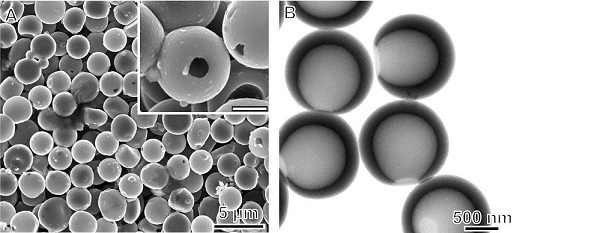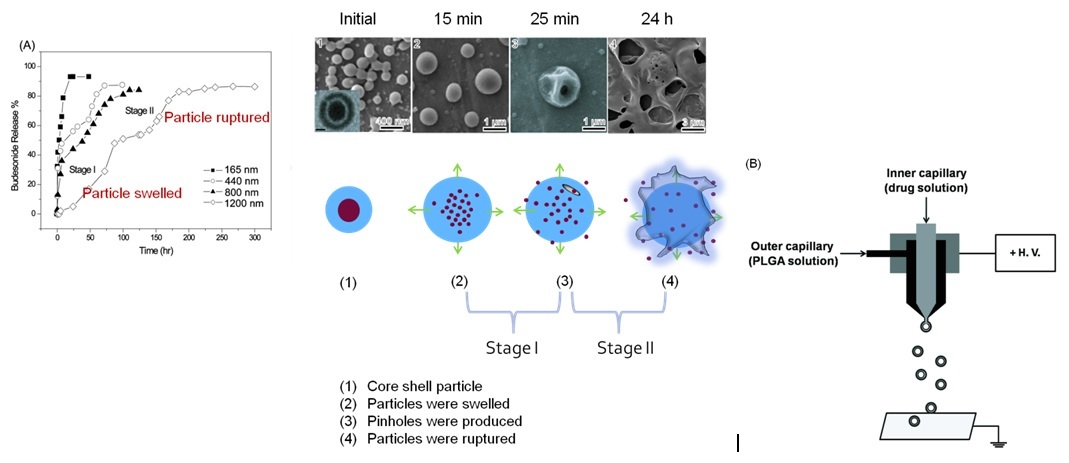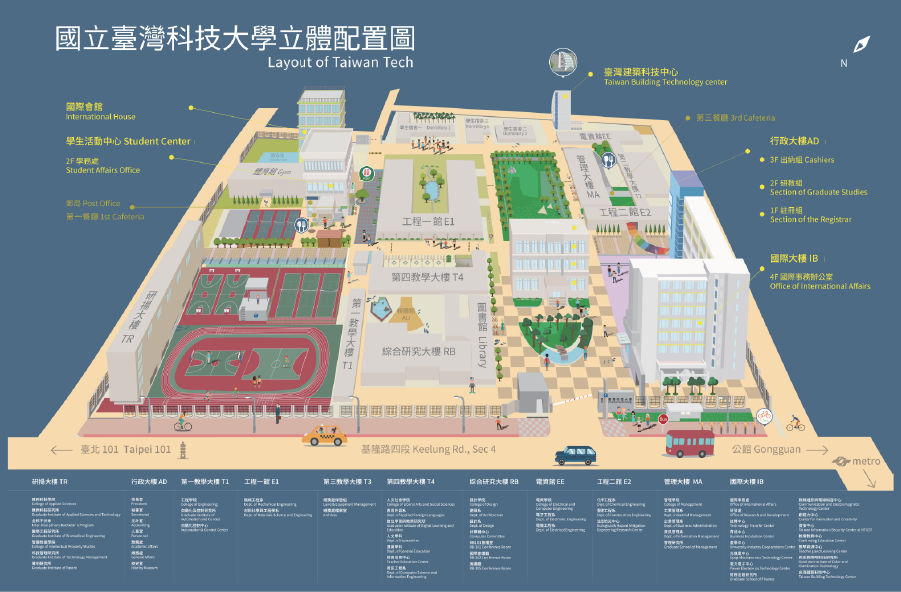Nanomedicine
Nanomedicine Laboratory
(Dr Meng-Yi Bai)
Our group is devoted to the development of biomedical applications of nanomaterials -- a novel field in nanotechnology named nanomedicine. Our work also aims to advance biomedical research by developing new tools and methods based on functional nanomaterials. Current efforts include development of polymeric hollow particles as contrast agents for medical imaging (e.g., ultrasonic imaging, magnetic resonance imaging and computed tomography) or carrier for drug delivery/or controlled release. The reason why we are specially focusing on the system of polymeric hollow particles is their flexibility in changing physical and chemical property and compatibility with organism. In addition, its hollow interior provides an excellent compartment for loading gas, solid, and liquid for the desired purpose. We adopted two ways of methodologies to reach our goal: (1) wet chemical method, such as in-situ polymerization against removable template and emulsion polymerization; (2) dual-capillary electrospray (ES) system to produce monodispersed core-shell type particles. According to the property of the desired shell-filling pair and choosing the appropriate methodology, it is expected to produce nanomedicine in various types. We anticipate that the most promising applications for our produced hollow nanoparticles are centering on the aspects of contrast agents in medical imaging and carriers in drug delivery/or controlled release. Long-term goal is to integrate preceding applications into single nanoparticle for simultaneously imaging and targeted delivery. This long-term objective is still in its infancy but has great potential to change medical imaging dramatically in the 21st century.
Nanomedicine (by wet chemical method): This figure shows two different types of nanomedicines made of polymeric material. They are all with hollow interiors for encapsulating drug. The average size of the particle is (A) 2 micrometer and (B) 1 micrometer.

Nanomedicine (by dual-capillary electrospray (ES) system): This figure shows nanomedicines made of polymeric material and with encapsulation of budesonide inside. (A) the drug release profile of budesonide-loaded PLGA particles with particle size ranging from 165 nanometer to 1200 nanometer. (B) a schematic diagram of the dual-capillary electrospray system for the synthesis of drug-loaded polymer particles.

